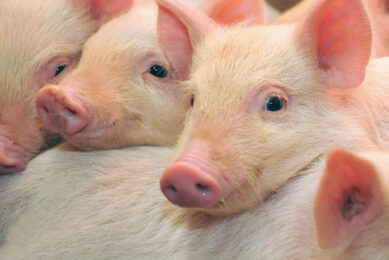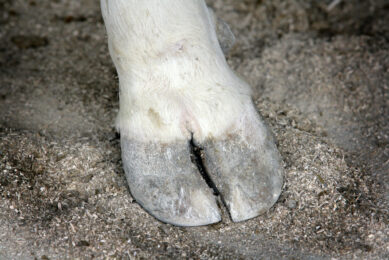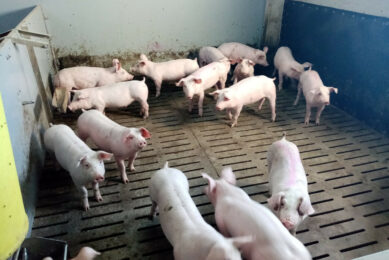Model reroutes livestock trucks to reduce risk of infection
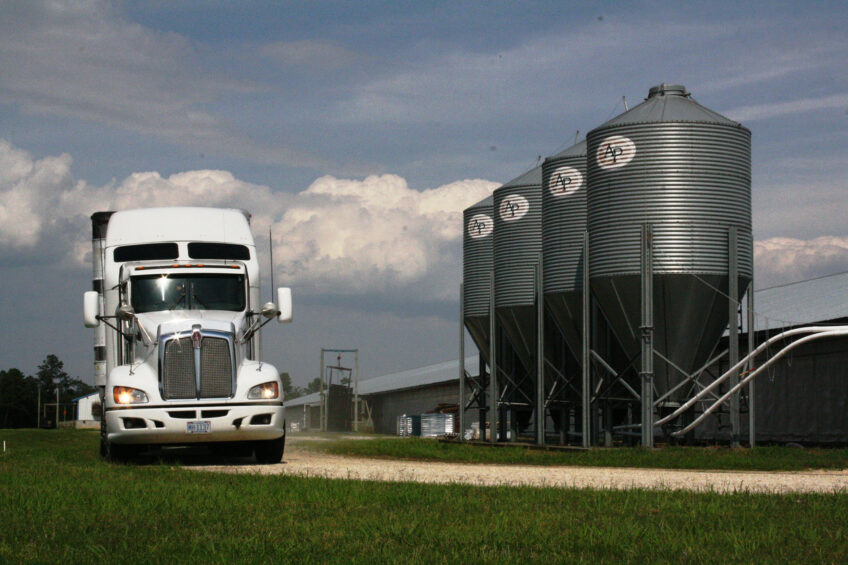
A system revolving around rerouting vehicles holds potential as an additional strategic tool for preventing and controlling the spread of diseases among farms through vehicle movements. Even without effective truck cleaning and disinfection, the model generated a reduction of up to 42% of the contacts between infected and uninfected farms via vehicle movements.
That, in short, was the conclusion of a recent work by researchers attached to the University of Minnesota and North Carolina State University, published in the peer-reviewed journal Preventive Veterinary Medicine. The team added to the conclusion, saying that given the additional time and effort required, its cost-benefit will depend on the severity of the disease being mitigated.
Role of contaminated vehicles
In their research paper, the 3 authors wrote that the role of contaminated vehicles and the effectiveness of preventive strategies, such as cleaning and disinfection, in spreading infectious diseases among commercial swine farms under field conditions remains largely unexplored.
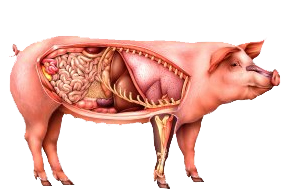
Rethinking vehicle routing
In a press article by NCSU, researcher Prof Gustavo Machado was quoted as saying, “Currently, vehicles used to transport feed or pigs are dispatched from a call centre, and based on weekly schedules. But we wanted to see if changing the way that trucks are routed between farms could be a good way to prevent the spread of diseases that are extremely costly to farmers, such as Porcine Epidemic Diarrhoea virus (PEDv) and Porcine Respiratory and Reproductive Syndrome virus (PRRSv).”
Vehicle scoring and data
The team undertook the study aimed to reduce the risk of between-farm disease transmission through vehicle contacts by rerouting vehicles while considering cleaning and disinfection events and effectiveness. The team ranked the vehicles based on specific criteria, including disease status of visited farms, vehicle contact network communities, cleaning and disinfection events, and shipment time efficiency. The researchers used data from 1,609 commercial swine farms, which included the number of animals and GPS data from the trucks traveling between farms
Reduction of 42% between infected and uninfected farms
The model produced a vehicle scoring system that ranked each vehicle from 1 to 19. The rerouting system showed that, even when cleaning and disinfection was utterly inefficient, it reduced up to 42% of the contacts between infected and uninfected farms via vehicle movements and 17% of the total number of interactions between farms from distinct network communities.
Higher efficacy with disinfection
The rerouting efficacy increased with a cleaning and disinfection effectiveness of 100%, reducing up to 100% contacts between infected and uninfected farms and between farms from distinct network communities. Despite the potential benefit of preventing disease dissemination between the farms, the rerouting system increased by up to 81% in cleaning and disinfection events and up to 54% in distance travelled per vehicle.
Remaining gaps and drawbacks
Prof Machado concluded, “The one piece of the puzzle that we don’t have is exactly how effective cleaning and disinfection is; therefore, more work needs to be done to collect such data under field conditions.”
Next steps in research
He continued to say, “We also have to recognise that there are drawbacks to this method, specifically in increased costs due to more frequent cleaning and disinfection stops, which increases overall distance travelled and wear and tear on vehicles. Our next steps will be to look at the actual costs of rerouting as well as the effectiveness of cleaning and disinfection.”



